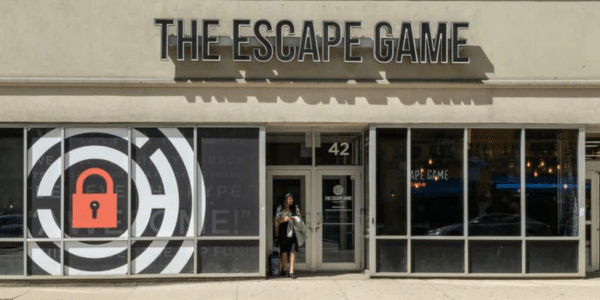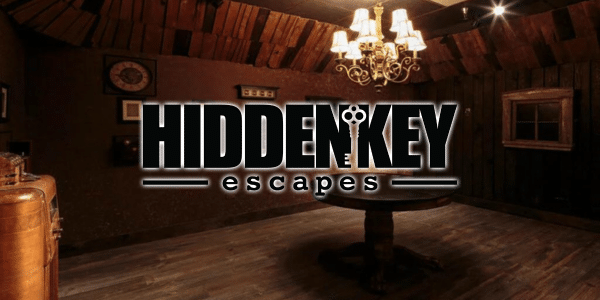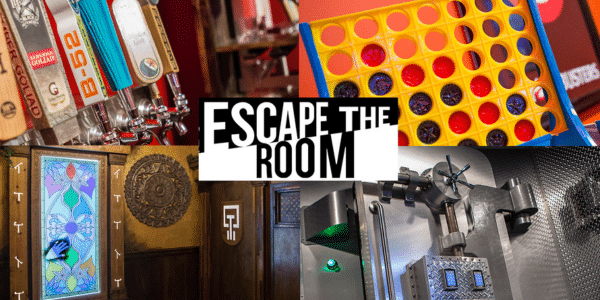Escape games or escape rooms encompass thrilling experiences that go beyond conventional entertainment, engaging both the mind and teamwork. Although the experiences are different, they share a common underlying theme. The trend of these activities, which are mainly in big cities such as Chicago, is inevitable, so it is essential for everyone to know what exactly they are.
Escape Game: A Broad Perspective
The word escape game is noticeably wide as it covers all kinds of game-based entertainment in physical or digital forms. It is not simply a game limited to a particular room or location; it is a virtual game that can be played on computers or mobile devices. It can be an extra large-scale physical puzzle extending to multiple rooms or outdoors. Some escape games in Chicago, like the historical ones or the futuristic missions, have numerous topics and venues willing to indulge you in the mysterious and engaging play. They can be played alone or with the players in the group, but the aim is the same – to solve the mystery and complete the game in the preset time.
Escape Room: The Immersive Encounter
The escape room is a game type that, unlike an escape game, restricts the players physically to one or more rooms. The main purpose is to untangle the mysteries, crack the codes, and gather the evidence to get you out of the room within the allocated period (usually 60 minutes). These room designs are meticulously crafted to portray a specific motif or narrative, such as the mystery of a detective or science fiction. The storyline plays into the atmosphere and immersive effect of the place. The business of escape rooms in chicago is good at developing new ideas, creating unique room elements and crafting a puzzle-minded adventure that the players will have to solve while physically interacting with the room’s elements.
Key Differences
- Physical vs. Virtual or Mixed Reality: When playing in an escape game, you can be part of a virtual environment, a physical location, or a mix of both, thus allowing for a multifaceted session of gameplay. While escape rooms are naturally physical, they still require players to be present in the designated room or facility.
- Scale and Location: The amount of space needed for escape rooms is slight, and in many cases, they can fit in a single room with interconnected passages. The settings of the escape games can either constitute a larger area or even be set in a cyber world. This allows setting different levels of the environment.
- Theme and Storyline: Narrative-driven and story-based escape rooms, on the one hand, stand out against historical tours and museums, but they, on the other hand, are more focused on narrowing down some issues, portraying these somewhere outside the factual information via diverse ways. The main focus in escape games, especially through the Internet, might be on swanning around the challenges and their solution rather than the storyline.
- Solo vs. Group Play: Escape room games mostly involve players working together in a team to highlight good teamwork and cooperation. However, escape games can accommodate solitary players as well as teamwork; interaction and contribution are needed from the player(s) to a certain extent.
Impact on Players and Industries
The growth of escape games and rooms changed the concept of entertainment and team-building experiences. They create amazing experiences of thrills, jungle safaris, and bungee jumping, which enjoy a wide appeal for corporate team building, family outings and parties. In this case, escape games in Chicago and escape rooms in Chicago are frequently used while conducting a Google search, which, in turn, highlights that escape games are gaining more popularity and Chicago is a city that offers a robust escape room culture.

Adventure Awaits
Individuals who choose to experience an escape game or escape room can expect a fun and engaging environment that puts them to the test. In cities such as Chicago, where the adventure games culture is booming, a plethora of experiences is available for everyone, depending on different preferences and group dynamics.
Conclusion:
While escape games and rooms seem similar on the surface, each format, scale, and level of physical engagement create distinct experiences. It goes without saying that the escape could be taking place in historical Chicago and not in your living room, but the excitement of putting together the missing shreds of the clue and making your way out of the room against the clock remains unchanged.











